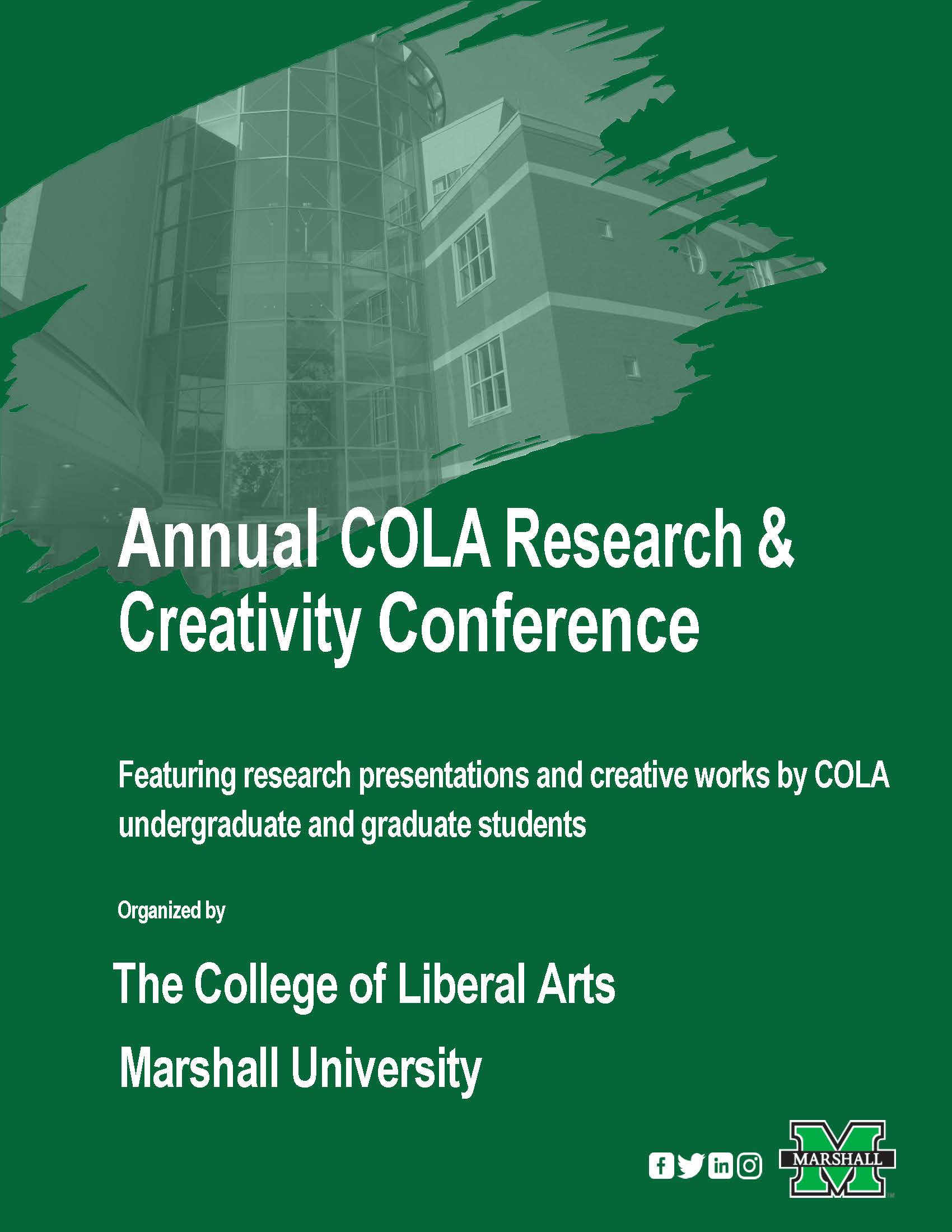Beast and the Beauty How and Why Disney Adapted La Belle et la Bête to be the Beast’s Story
Document Type
Panel Presentation
Start Date
21-4-2017 9:15 AM
End Date
21-4-2017 10:30 AM
Keywords
Disney, Beauty and the Beast, Adaption
Biography
Sarah Canterbury is a junior at Marshall majoring in creative writing and literary studies, and plans to graduate in the spring of 2018. Sarah serves on the Student Advisory Board and is the Vice President of Sigma Tau Delta's English honorary at Marshall University.
Major
Creative Writing
Advisor for this project
Dr. Walter Squire
Abstract
In 1991, Walt Disney Studios released Beauty and the Beast, an animated feature film adapted from French authoress Jeanne- Marie LePrince de Beaumont’s La Belle et la Bête. Beauty and the Beast proved Disney could continue to bring “Tales as Old as Time” to new generations, which they accomplished by redefining the role of a heroine, but more importantly the role of a prince, through the Beast. The features altered from the adapted story to the adaptation reveal what is the most important to those adapting. The ultimate alteration was made to the character of the Beast and his transformation from the stagnant character in Beaumont’s tale to the first dynamic Disney “prince.” In Disney’s adaptation, the role of the Beast is the most significant change, addition, and alteration they make and can help explain many of the facets of adaptation involved in taking the story from print to screen. This paper looks at how significant features of adaptation all relate back to the Disney team’s decision to focus on the Beast.
Beast and the Beauty How and Why Disney Adapted La Belle et la Bête to be the Beast’s Story
In 1991, Walt Disney Studios released Beauty and the Beast, an animated feature film adapted from French authoress Jeanne- Marie LePrince de Beaumont’s La Belle et la Bête. Beauty and the Beast proved Disney could continue to bring “Tales as Old as Time” to new generations, which they accomplished by redefining the role of a heroine, but more importantly the role of a prince, through the Beast. The features altered from the adapted story to the adaptation reveal what is the most important to those adapting. The ultimate alteration was made to the character of the Beast and his transformation from the stagnant character in Beaumont’s tale to the first dynamic Disney “prince.” In Disney’s adaptation, the role of the Beast is the most significant change, addition, and alteration they make and can help explain many of the facets of adaptation involved in taking the story from print to screen. This paper looks at how significant features of adaptation all relate back to the Disney team’s decision to focus on the Beast.



